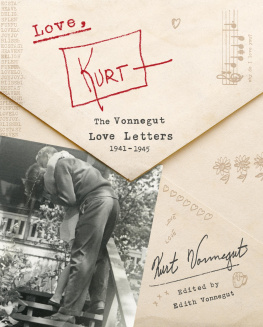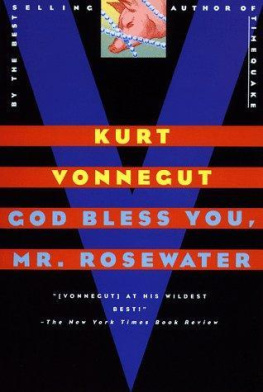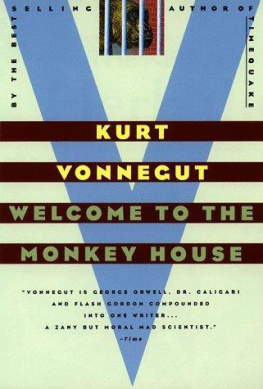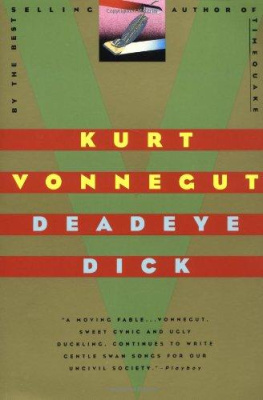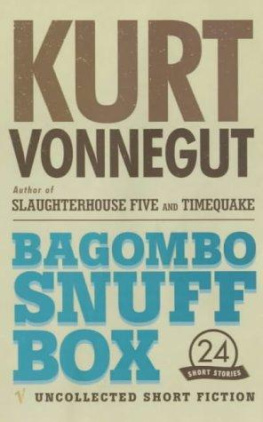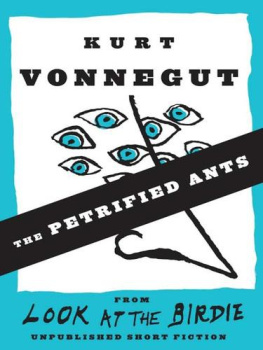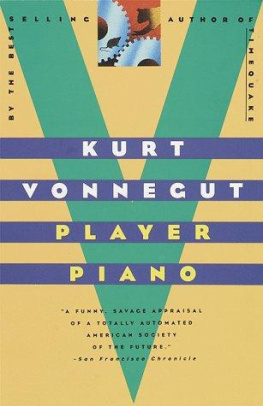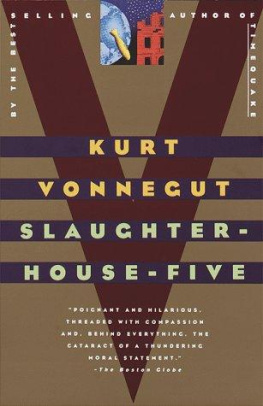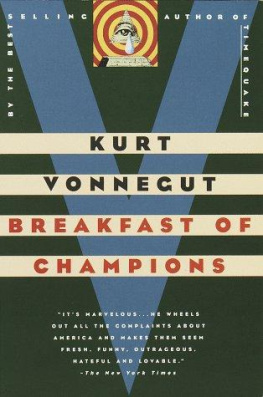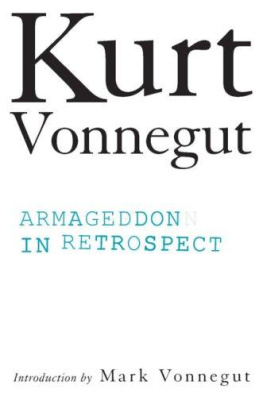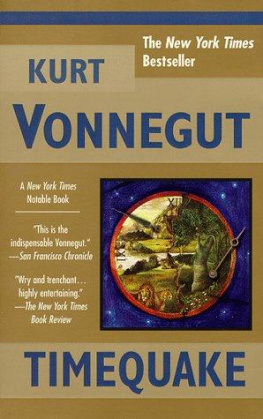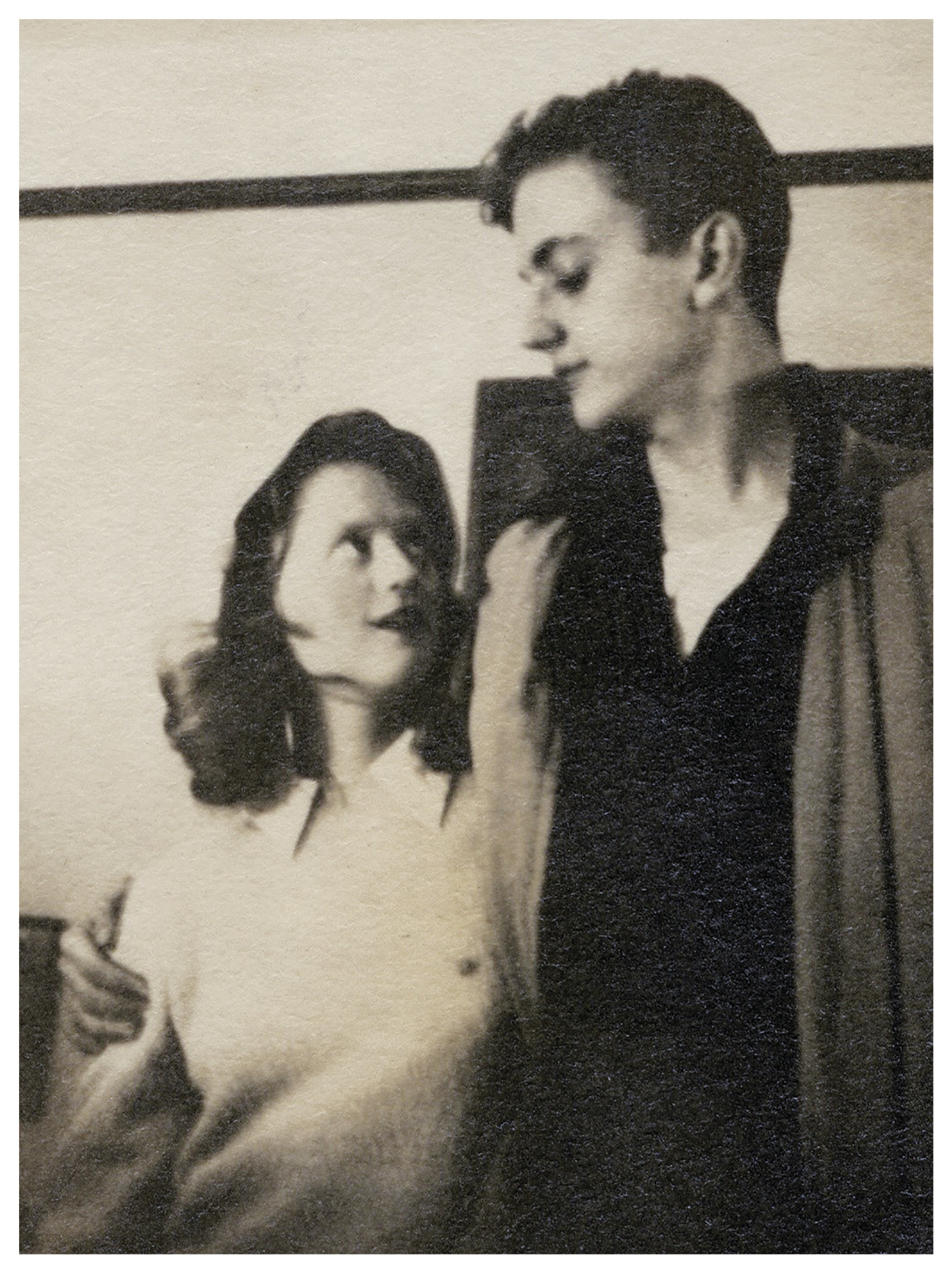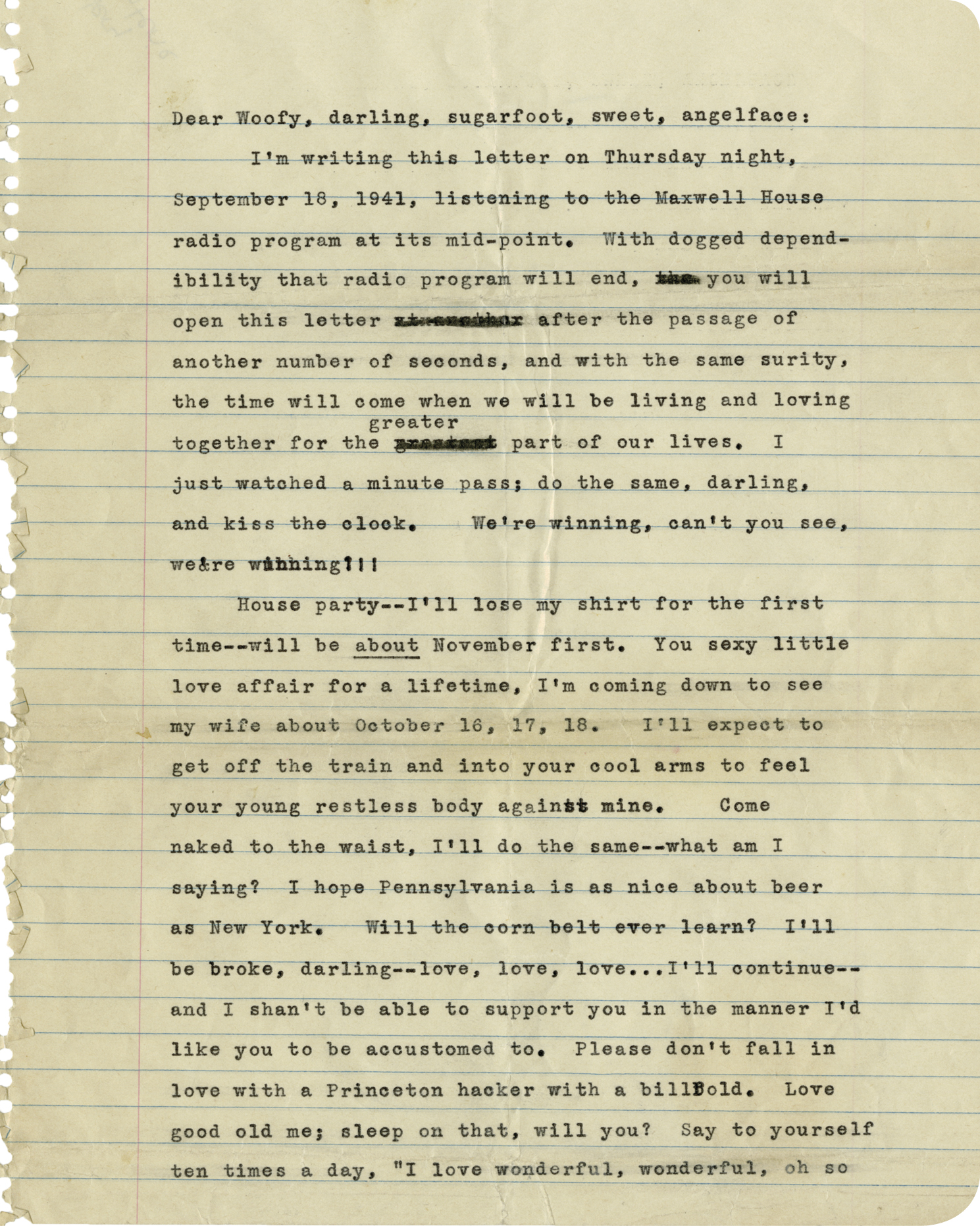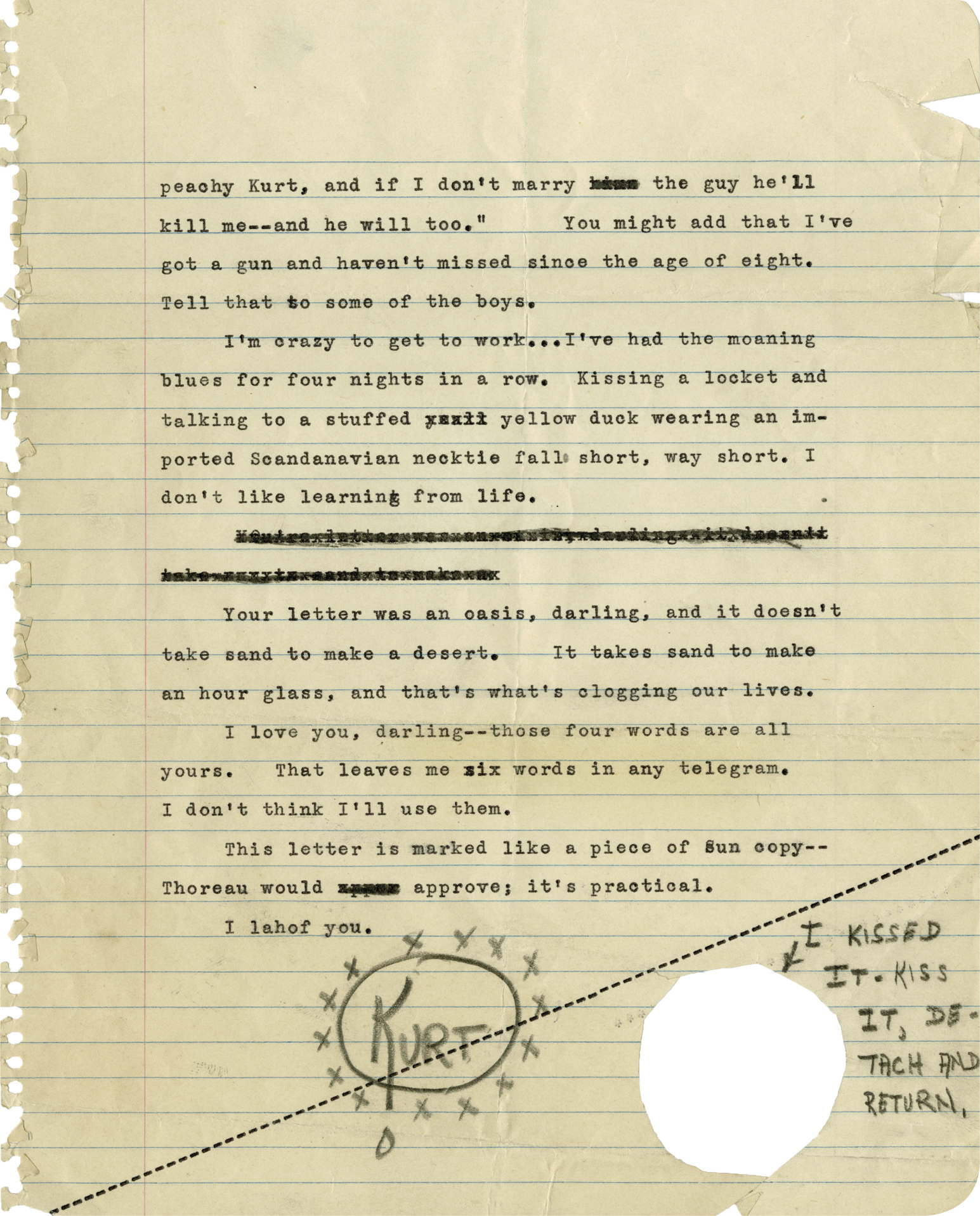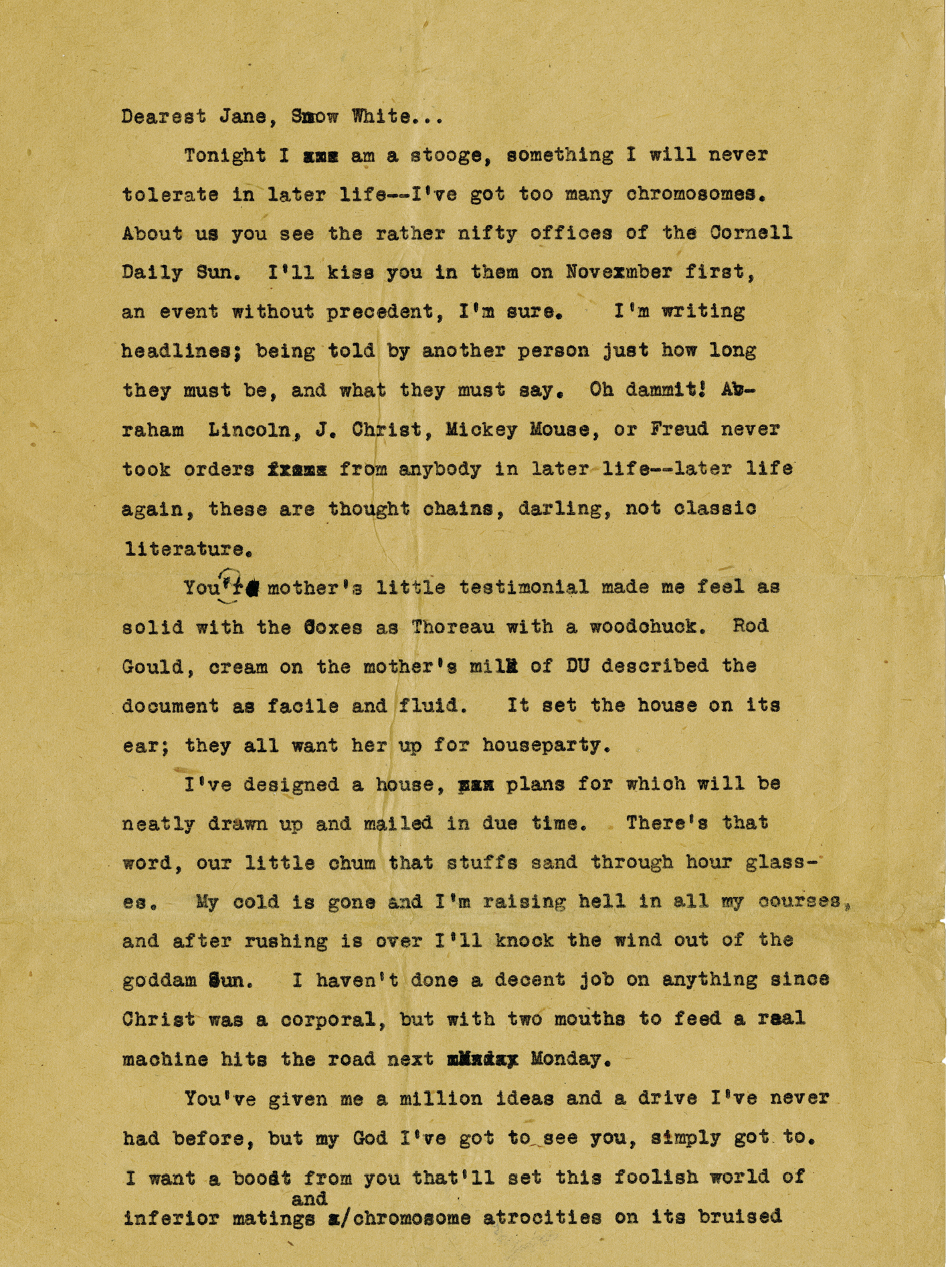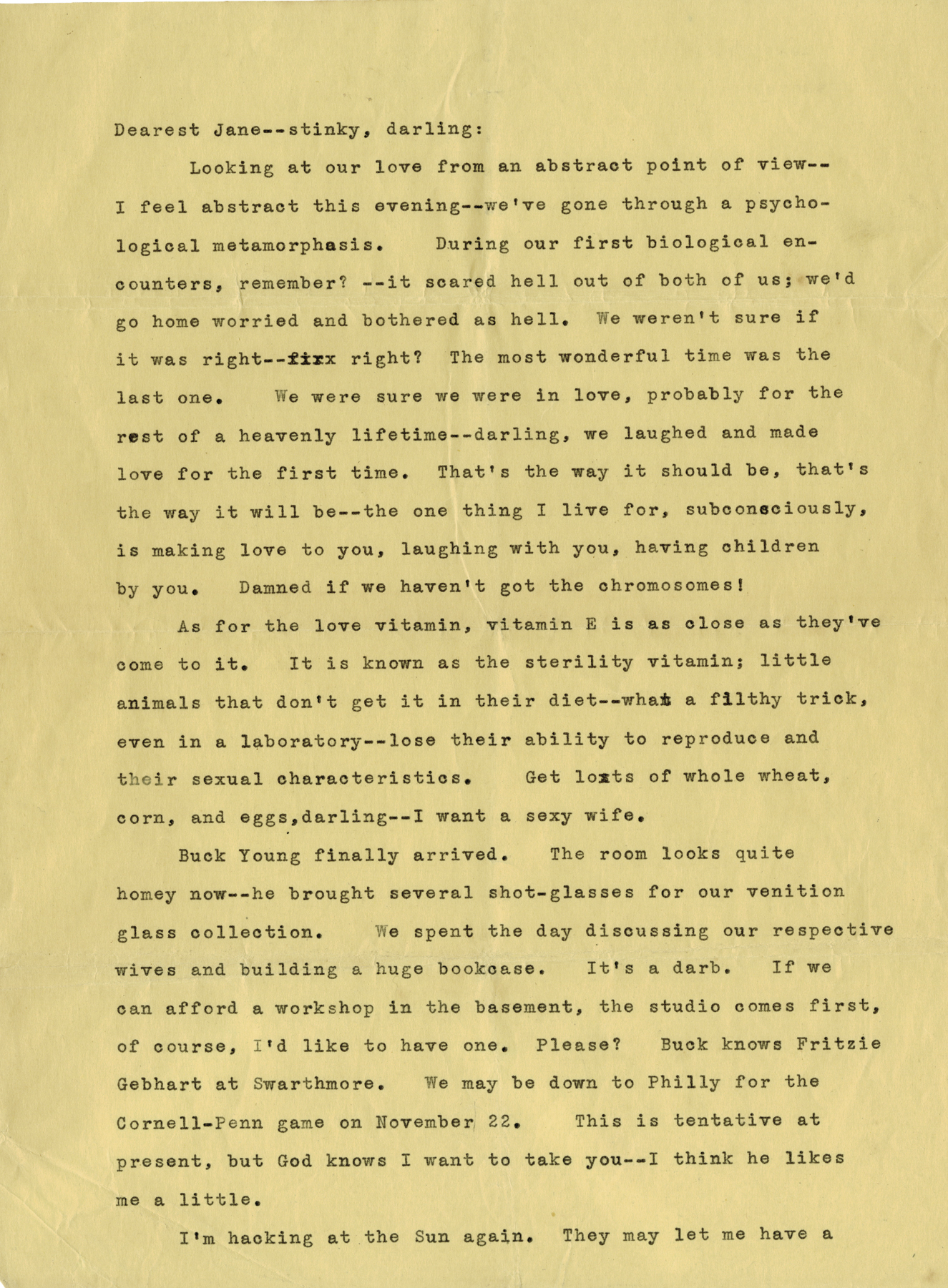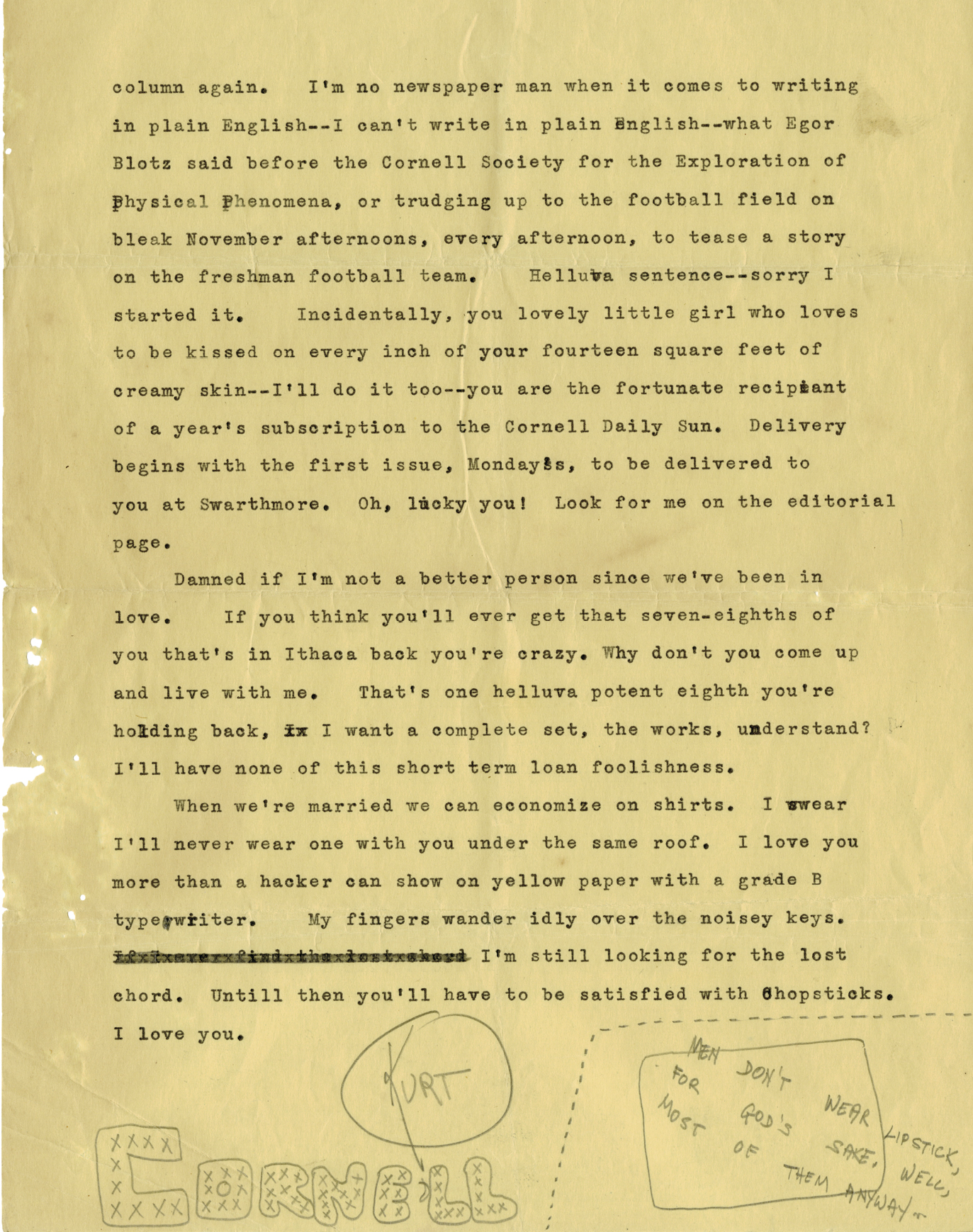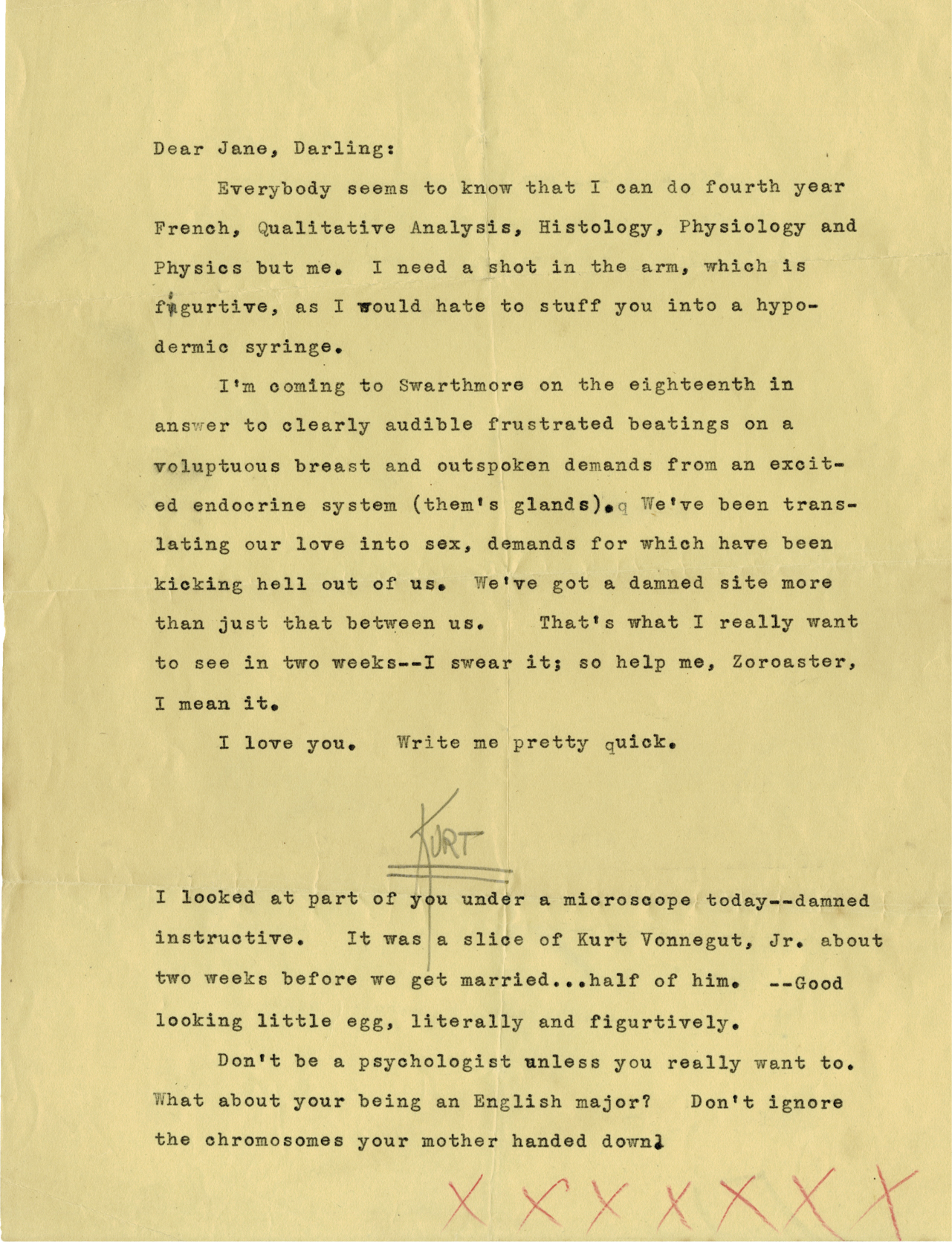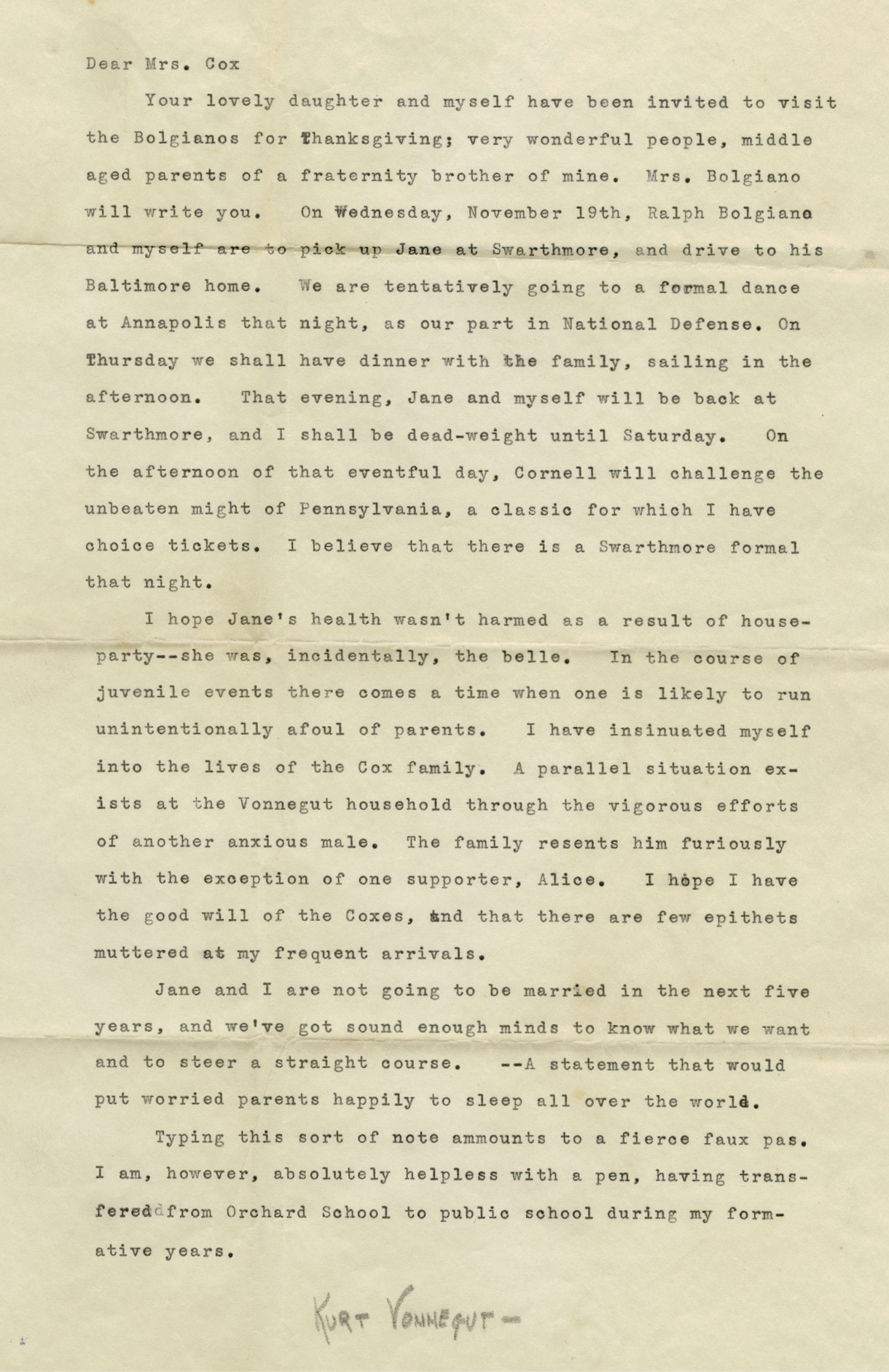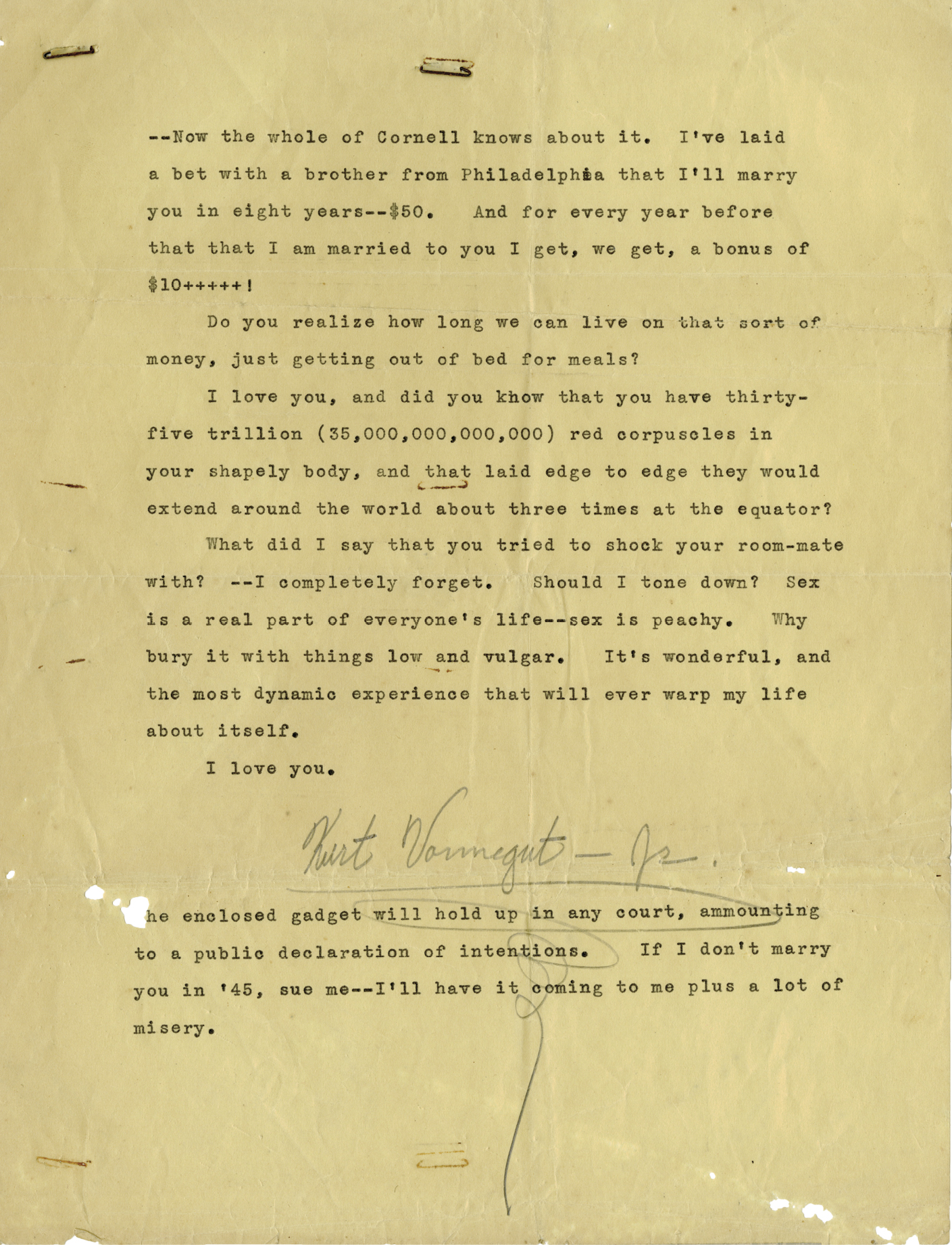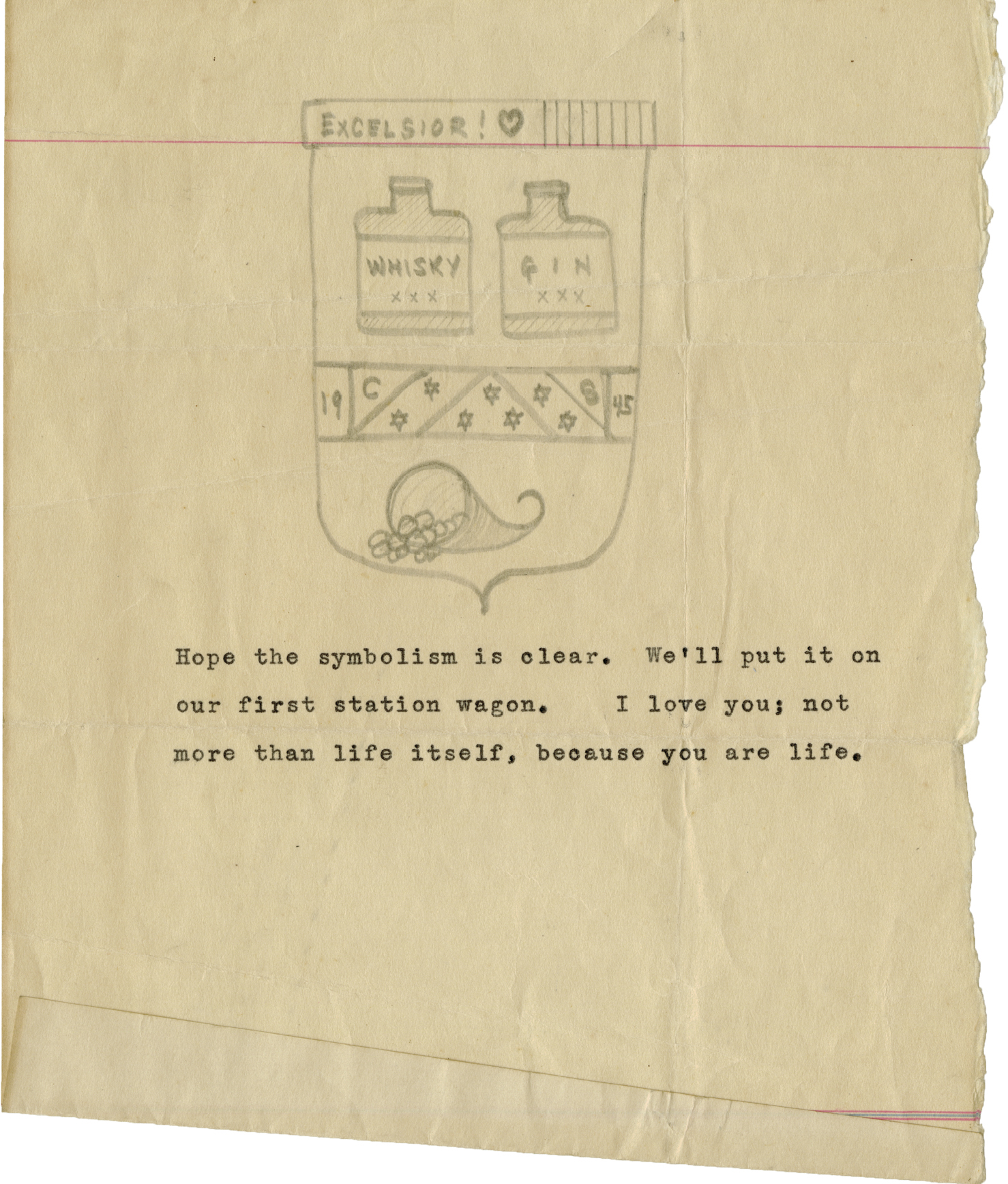Contents
Landmarks
Print Page List
ACKNOWLEDGMENTS
Id like to thank my editors, Caitlin McKenna and Emma Caruso, at Penguin Random House. Our entire working relationship has been through emails and phone calls. At this writing, we have not yet met in person. However, when I try to imagine them, I see fierce young Katharine Hepburn types. They shepherded me every step of the way to making this collection of letters as good as it could possibly be. Sometimes they felt like empathetic sisters and sometimes they felt like kindly grammar teachers. The final months of work were accomplished during the coronaviruss assault on New York City, March and April of 2020. They simply kept soldiering on without missing a beat.
Im eternally grateful to Kristina Moore at the Wylie Agency who initially brought this project to the attention of Random House, and to my agent, Katie Cacouris, who has been alongside me this whole time in the best way.
Huge thanks to Meera Subramanian and Steve Prothero, real writers who gave me real support early on.
To my husband, John, who is the quiet strong center of my life.
And finally to my father for writing these letters and to my mother for keeping them.
ABOUT THE AUTHOR
Edith Edie Vonnegut is the eldest daughter of Kurt Vonnegut, Jr., and Jane Cox. She was born in Schenectady, New York, in 1949, and raised in Barnstable, Massachusetts. She works as a painter and has exhibited in galleries across the United States. She wrote and illustrated the book Domestic Goddesses. She has also served as a contributing illustrator to The New York Times, Playboy, and the Franklin Mint. She lives in the barn behind the house she grew up in, along with her husband, John Squibb, and has two sons and two grandchildren.
Pre-1941: Two Indianapolis Families
K urts parents were German American, secular humanists. His mother, Edith Lieber Vonnegut, was born to a wealthy beer-brewing family in Indianapolis. The brewery suffered a catastrophic downturn during Prohibition, and the Great Depression further eroded their fortune. Kurts father, Kurt Vonnegut, Sr., was the son of the first licensed architect in Indiana and an architect himself. Kurt junior was the youngest of three children, five years younger than his sister, Alice (Allie), and eight years younger than his brother, Bernard. He was the doted-upon baby of the family and enjoyed a loving, lively childhood.
Jane was from a Quaker family of Anglo-Irish descent. Her father, Thomas Harvey Cox, was an Indianapolis lawyer. Her mother, Riah Fagan Cox, held a masters degree in classical literature; she coauthored a grammar textbook that would go on to become a standard in the field. She also taught at the Orchard School, the primary school that both Kurt and Jane attended. Up until Jane left for college, her life was dominated by the unpredictable health of her brother and mother. Riah was a brilliant scholar and teacher, but she suffered from episodes of mental collapse for which she was periodically institutionalized. Janes only sibling, Gussie, was mentally fragile as well, after a surgical accident severed a facial nerve, leaving his face slightly disfigured.
1941: First Love
K urt and Jane attended school together from kindergarten through third grade at the Orchard School in Indianapolis, but they didnt encounter each other again until they were nineteen, when they both attended a social at the local Woodstock Country Club on August 15, 1941. They discovered they shared a passion for social justice, an altruistic desire to contribute to the world, and a love for art in all its forms. They formed a deep bond that evening and spent almost every minute together for the next ten days, until he left for Cornell University and she for Swarthmore College for their sophomore years. This is when their correspondence began. (My mothers nickname was Woofy, as youll see in the letters. I have no idea why. I dont think she liked it, because it was never used after college, and when I asked, I never got a satisfying answer.)
Jane was an excellent student. Having always loved books, she majored in literature, with minors in philosophy and history. A former boyfriend once described her as an extraordinarily cute, lovely young lady with a challenging intellect.
Kurt, meanwhile, was not a good student. He was poorly matched to his major: chemistry. His father and brother felt strongly that science was the future and had urged young Kurt to study that field. In reality, he spent most of his time editing Cornells newspaper, The Daily Sun, and writing to Jane. He was almost singularly focused on her and became frustrated when she did not write more often. Jane, on the other hand, was enjoying a heavy course load and many suitors, as she was enchanting, beautiful, smart, and away from an unhappy home for the first time. Her freedom had just begun. She must have been hesitant to allow Kurt to tie her down so quickly, even though he was already asking her to marry him in his earliest writings to her. His devotion to her was unusual for the time; the norm in the 1940s was for young men and women to date a variety of people. I dont think Jane was expecting Kurt to become so exclusively enamored with her after their summer romance. That they were in different states and different schools made total commitment extra-impractical.
On December 7, 1941, Pearl Harbor was attacked, leading President Franklin D. Roosevelt to ask Congress to declare war on Japan. America entered World War II.
to view this content as text.
to view this content as text.
to view this content as text.
to view this content as text.
to view this content as text.
to view this content as text.

